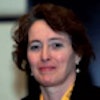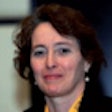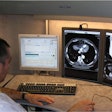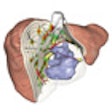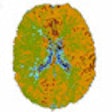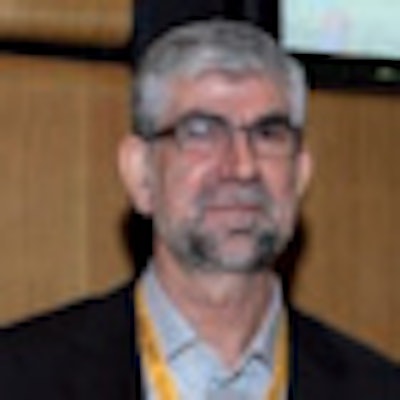
VIENNA - In an attempt to promote understanding and build bridges between Europe and Iran, the country's rich culture and heritage came under the spotlight at Sunday's European Society of Radiology Meets Session at the European Congress of Radiology (ECR).
Until 1935, Iran was called Persia, Perse, or Pars. The racial background of its 75 million inhabitants is Aria (Arya), according to Dr. Abdolrasoul R. Sedaghat, president of the Iranian Society of Radiology. The country occupies an area of 1,648 million sq km, making it slightly larger than Alaska. Around 89% of the population is Shiite Muslim, compared with 9% Sunni Muslim, and 2% other religions, mostly Jewish and Christian. In the Persian calendar, the current year is 1389, and the new year begins on March 21. The official language is Farsi.
One of the nation's many historical landmarks was the world's first human rights document, written by Cyrus the Great of Persia during the Achaemenian Era.
In Iranian healthcare, an important trend has been the significant decrease in maternal mortality, from 237 per 100,000 live births in 1974 to 25 in 2005, stated Sedaghat, who reached out to the audience by starting his lecture with the words "In the name of God."
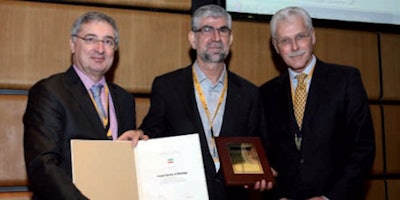 |
| Dr. Abdolrasoul R. Sedaghat (center), president of the Iranian Society of Radiology, with ECR President Dr. Yves Menu, and ESR President Dr. Maximilian Reiser. Image courtesy of the European Society of Radiology. |
There are 1,600 radiologists and 400 radiology residents in Iran. More than 150 of them attended ECR 2011, and 98 of them were at last year's congress.
The first use of x-ray in Iran is not documented, but one of the first pioneers in the construction of x-ray machines in Iran was Dr. Mahmud Hessabi (1903-1992), a French-trained scientist and engineer with an interest in x-ray physics.
Dr. Akbar Bonakdarpour, a musculoskeletal radiologist, was the first U.S.-trained Iranian radiology specialist to join the combined radiology-radiotherapy department at the Tehran University's Faculty of Medicine in 1958, and he served there until 1963. He is an emeritus professor at Temple University in Pennsylvania.
Other eminent Iranian radiologists include Dr. M. Mafi (head and neck), Dr. Tayebi (pediatrics), Dr. A. Rooholamini, Dr. Khalkhali (breast), Dr. J. Golzarian (interventional radiologist), Dr. M. Shahabpoor (musculoskeletal), Dr. Shirkhoda (abdominal), Dr. Alavi (molecular), and Dr. Akbar Ganji (musculoskeletal interventionalist).
The next annual Iranian Congress of Radiology takes place in Tehran from May 17 to 20. The Iranian Journal of Radiology also plays a vital role in meeting the training, education, and information needs of the country's radiologists.
"From the bottom of my heart, I want to thank the ESR for inviting us to take part in this session," said Sedaghat. "The recent visits of several important ESR officials to Tehran has meant a great deal to us."
During the clinical part of Sunday's session, interventional radiology was the focus of four Iranian speakers, who gave presentations about how to start interventional radiology (Dr. Hossein Ghanaati, associate professor of radiology at Tehran University of Medical Sciences), uterine artery embolization for the treatment of symptomatic fibroids (Dr. Kavous Firouznia, associate professor of radiology at Advanced Diagnostic and Interventional Radiology Research Centre, at Tehran University of Medical Sciences), interventional procedures in liver transplantation (Dr. Alireza Rasekhi, associate professor of radiology at Shiraz University of Medical Sciences), and radiochemoembolization of liver metastases (Dr. Mansoor Fatehi at Day General Hospital Tehran).
During two interludes, a fifth speaker, Karim Vessal from Shiraz University of Medical Sciences, discussed Persian physicians' contribution to the evolution of medicine.
Originally published in ECR Today March 7, 2011.
Copyright © 2011 European Society of Radiology
